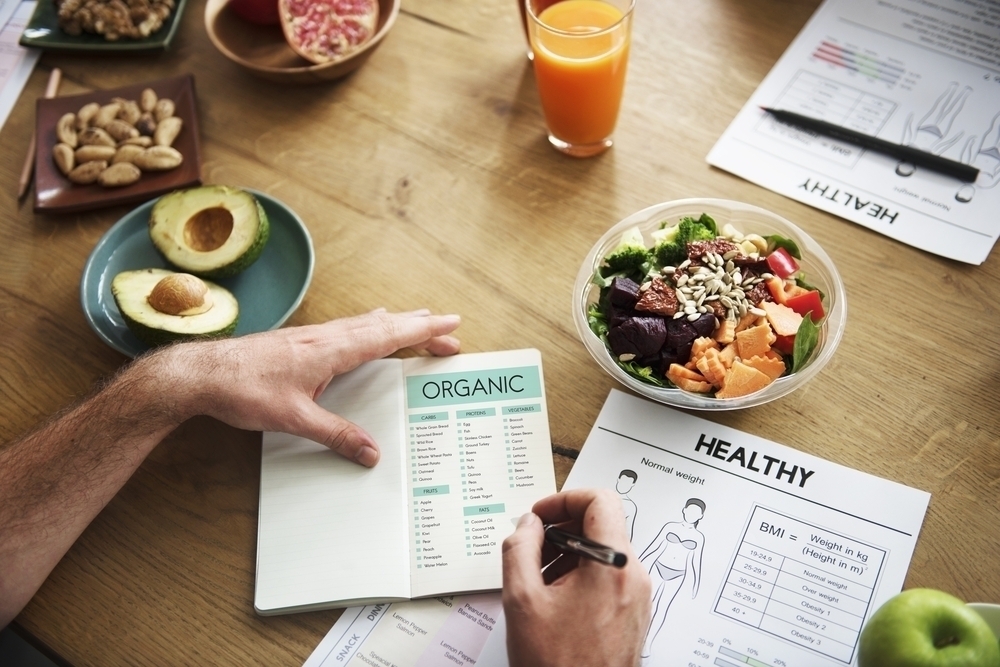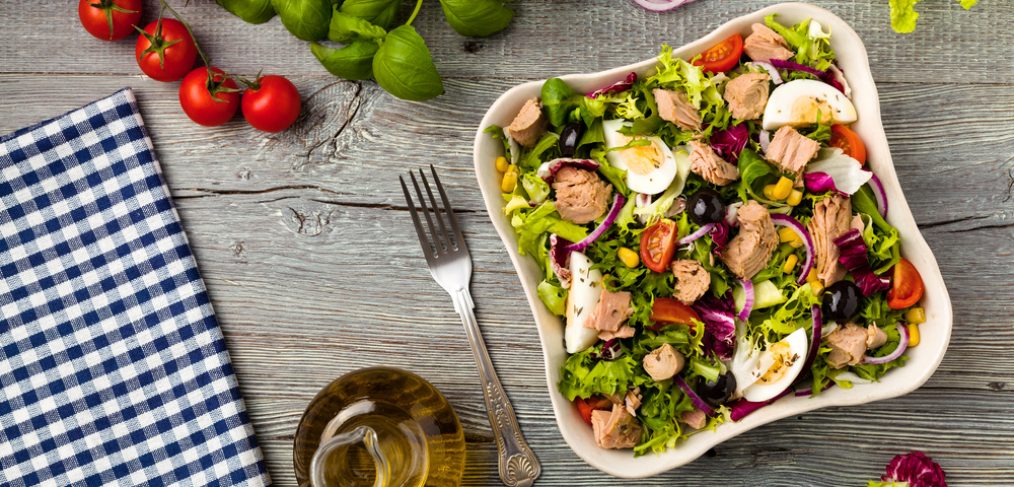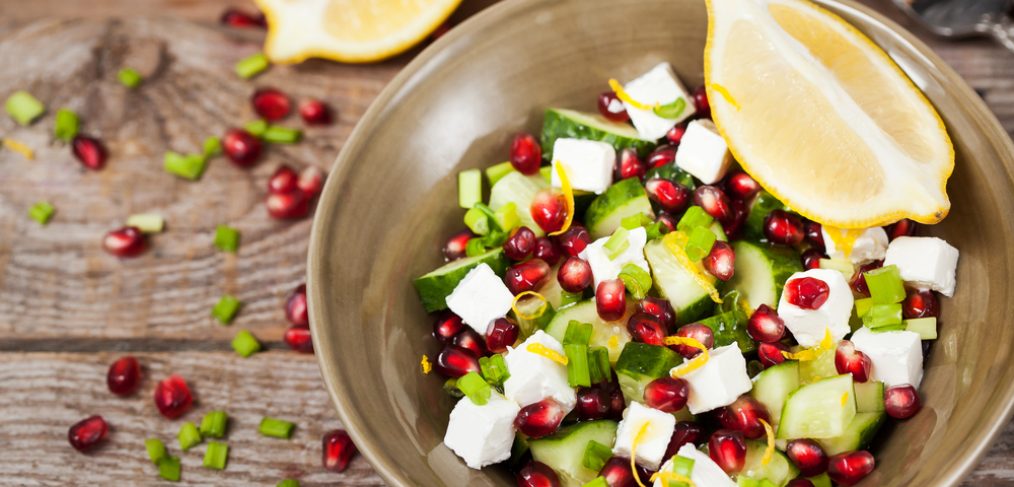It’s time to face facts. You’ve outgrown your diet- in more ways than one. Your waistline has matured and its time for your tastes to do the same. It’s come down to saying goodbye to your Oreos or your skinny jeans, and nothing comes between you and your Calvins. You need to revamp your diet or restock your closet, and you’ve made your choice. The only thing is, you’ve gotten so comfortable eating junk food, you don’t know where to start. Hold on to your cutoffs; here are some tips for changing your diet.
It’s Hard
We’ve all heard the expression, “you can’t teach an old dog new tricks,” but that doesn’t mean there are no exceptions. John Foreyt, PhD, says, “Many people are skeptical about changing their diets because they have grown accustomed to eating or drinking the same foods, and there is fear of the unknown or trying something new.”
He also notes the tendency to lapse into old habits during times of stress. “Everything can be going along just fine until you hit a rough patch.” To combat these feelings, Foreyt advises that you acknowledge the habits you want to fix, figure out why you have these habits, and make a plan to slowly change your bad habits into healthy ones.
Steps to Fixing Bad Eating Habits
Go slowly
Make changes slowly. Experts recommend starting each day with a good breakfast and getting 8 hours of sleep a night to avoid stress eating.
Work on structuring your meal habits. Eat seated at a table without distractions and try to eat more frequently with family. Try to learn to eat only when you are hungry and stop when you are full.
Make dietary changes. Aim to reduce portion sizes by 20% and no second helpings. Use whole grain bread for sandwiches and swap mayo for mustard. Flavor coffee with skim milk instead of cream and eat a healthy meal or snack every few hours.

Change your cooking methods. Use cooking spray and nonstick pans instead of oil to reduce fat and experiment with more nutritional ways of cooking, like roasting, baking, grilling, or poaching.
Drink more water and cut down on sugary sodas and juices. Limit alcohol intake to 1-2 drinks per day. Try to eat large portions of foods with high water content, like salads and veggies, instead of calorie dense foods, and flavor foods with herbs, vinegar, lemon, or mustard instead of fattening sauces.
Pay Attention
Become more aware of what you’re eating. Keri Gans, MS, RD, advises, “Read food labels. Become familiar with lists of ingredients and start to take notice of everything you put into your mouth.” Once you begin to assess your diet, you will probably realize the need for improvement.
New Week New Goal
Maybe one week your goal will be to try a new vegetable, or a new exercise. Don’t overwhelm yourself by taking on too much at one time. Take it slow and figure out what works and what doesn’t.
Be a Realist
Don’t expect to see results right away and keep in mind that it usually takes about a month to adapt to new habits.

Have a Plan
Be specific. “To say ‘I am going to work our more,’ won’t help you,” says Gans, “what will help is thinking about when and how you can fit it into your lifestyle.” Plan certain days on which you will go to the gym and stock up on healthy food.
Manage Stress
Change can be stressful. To handle it, Foreyt advises, “Focus on dealing with stress through exercise, meditation, or whatever works for you, so you don’t fall back into those bad habits during periods of stress or use food to help you cope with the situation.”
Are you working on changing your eating habits? Let us know how its going and add your comments and suggestions!










